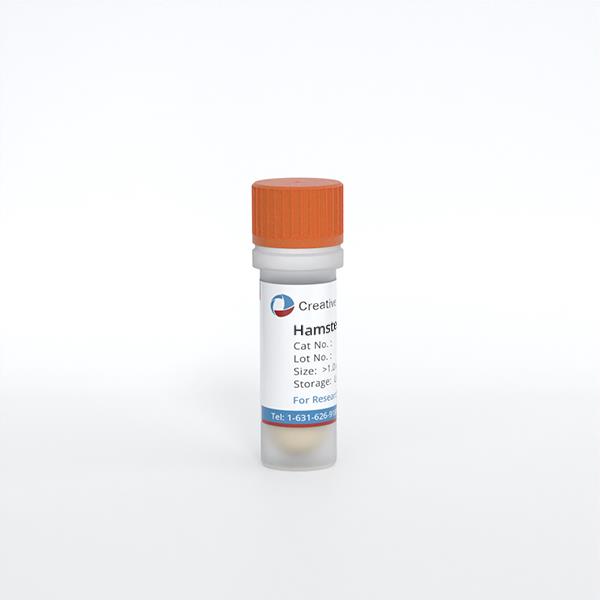Featured Products
Hot Products
ONLINE INQUIRY

Hamster Esophageal Epithelial Cells
Cat.No.: CSC-C9198J
Species: Hamster
Source: Esophagus
Cell Type: Epithelial Cell
- Specification
- Q & A
- Customer Review
Cat.No.
CSC-C9198J
Description
Hamster Esophageal Epithelial Cells from Creative Bioarray are isolated from esophageal tissue of pathogen-free laboratory mice. Hamster Esophageal Epithelial Cells are grown in a T25 tissue culture flask pre-coated with gelatin-based coating solution for 2 min and incubated in Creative Bioarray’s Culture Complete Growth Medium for 3-5 days. Cells are detached from flasks and immediately cryo-preserved in vials. Each vial contains at least 0.5x10^6 cells per ml and is delivered frozen.
Cells can be expanded for 3-7 passages at a split ratio of 1:2 under the cell culture conditions specified by Creative Bioarray. Repeated freezing and thawing of cells is not recommended.
Species
Hamster
Source
Esophagus
Recommended Medium
Complete Epithelial Cell Medium
Cell Type
Epithelial Cell
Disease
Normal
Storage and Shipping
We ship frozen cells on dry ice. Upon receiving, directly and immediately transfer the cells from dry ice to liquid nitrogen and keep the cells in liquid nitrogen until they are needed for experiments. Never can primary cells be kept at -20 °C.
Citation Guidance
If you use this products in your scientific publication, it should be cited in the publication as: Creative Bioarray cat no. If your paper has been published, please click here to submit the PubMed ID of your paper to get a coupon.
Ask a Question
Write your own review
Related Products

